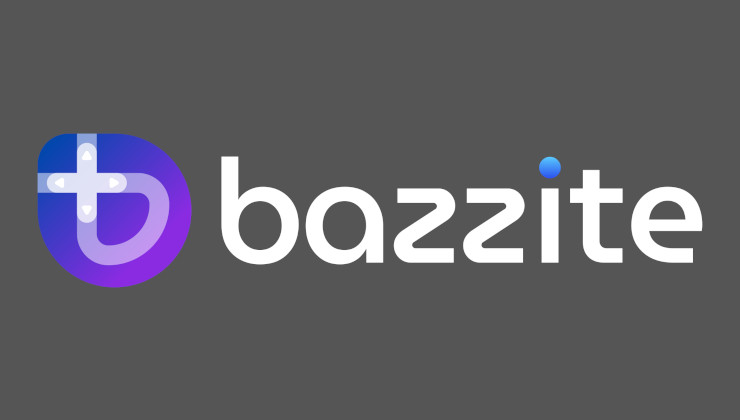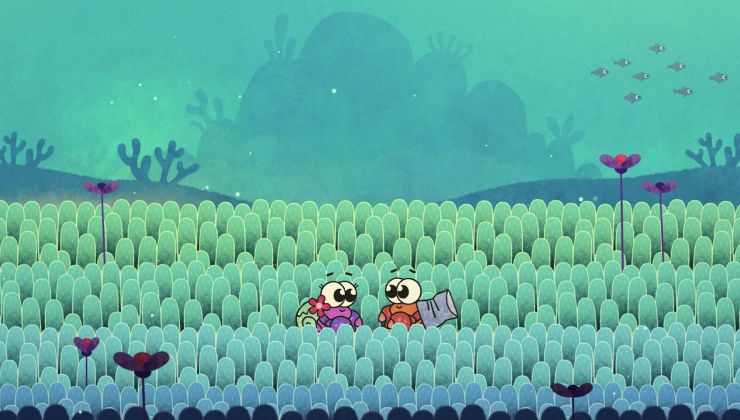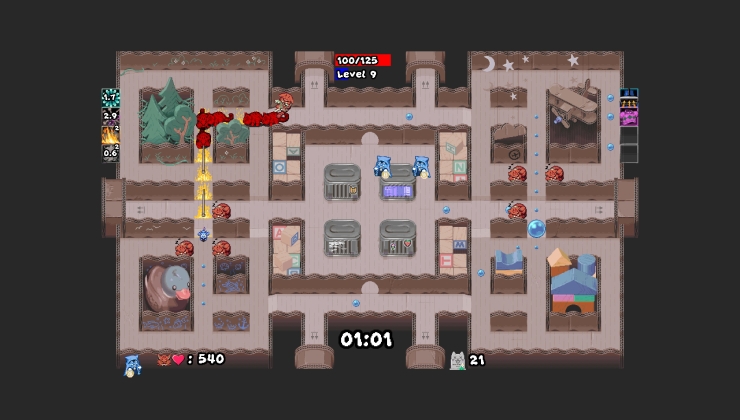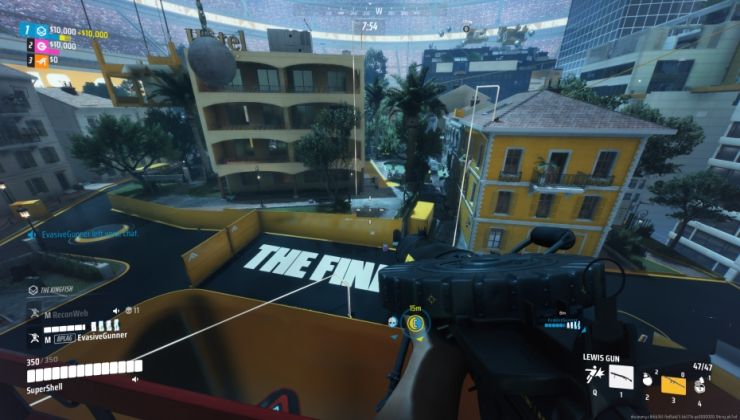With the recent release of DXVK 2.0, the Direct3D 9 / 10 / 11 to Vulkan translation layer, it pulled in DXVK-Native for Native Linux builds and so Valve has upgraded Half-Life 2, Portal, Portal 2, Left 4 Dead 2.
So what does this mean? Well, the original Linux ports used TOGL to convert the original Windows Direct3D rendering system over to OpenGL. Then Valve began updating each of them all to DXVK last year to give them better performance on Linux desktop and Steam Deck. With DXVK 2.0, they're ready to take advantage of all the extra performance improvements to be found there.
Why the need for the translation between graphics APIs? This was before Source 2, which eventually gained Native Vulkan support, so these older ports didn't have it available. Portal 2 additionally noted in the update it had "Fixed some controller input bugs" as well. Nice.
Great to see Valve support their classic titles for so long.
Hopefully we will find out whatever NEON PRIME actually is from Valve soon.
For some reason I was thinking they had started updating their older games to use Source 2.
Too bad I can't hold my breath on an update for Portal Stories: Mel (what a brain buster for me, but the micro stuttering is such an immersion breaker)—good news nonetheless!
I was fighting a level (original/hard mode) for days! And then the incredible feeling when you finally get it...! It's the Steam achievement I'm most proud of.
Last edited by Eike on 21 Nov 2022 at 5:03 pm UTC
https://github.com/ValveSoftware/Source-1-Games/issues/1685
I use the experimental -vulkan option on CSGO, I hope that they updates it to enable the resolution change.
Note that even with Vulkan, windowed mode already allows you to use any resolution with the -w and -h command line arguments. I use this to play in 3840×1620 ultrawide with the window borders hidden by KDE's per-window overrides (Alt+F3).
I wonder if you could run this with box86 and play on Raspberry Pi 4 or other devices not originally intended for gaming.
It does make a big difference having the extra frames especially with FPS and fast moving games.
Since Black MESA is HL2 it would be really cool to get Vulkan imported into Black Mesa too.
Last edited by ElectricPrism on 21 Nov 2022 at 11:33 pm UTC
I wish Valve would just give us Half-Life 3 already. They know we want it.
Awesome, this increases the reach of these games as they can be played on more devices with lower specs.
I wonder if you could run this with box86 and play on Raspberry Pi 4 or other devices not originally intended for gaming.
It does make a big difference having the extra frames especially with FPS and fast moving games.
Since Black MESA is HL2 it would be really cool to get Vulkan imported into Black Mesa too.
As long as the opengl version is an option, otherwise those with GPUs older than AMD 6xxx, Nvidia 5xx, and Intel HD 3xxx won't be able to play at all.
Yeah, Mac Blesa has been all kinds of borked every time I've tried the native Linux version(AMD GPU), so I've just used proton, native vulkan would be nice :)
And also do you think people with RTX cards would be able to play it on Linux?
That's cool and all, but... Where is Portal RTX??? It is already THE END of November!
And also do you think people with RTX cards would be able to play it on Linux?
Portal RTX isn't made by Valve
And I'm reminded that some Source games will not run on xfs filesystems :-(Huh, wonder how many people are using xfs on their home directories? I know Redhat switched to it, but not sure how many use that as their desktop OS (I would, but I like shiny new things).
https://github.com/ValveSoftware/Source-1-Games/issues/1685
And I'm reminded that some Source games will not run on xfs filesystems :-(Huh, wonder how many people are using xfs on their home directories? I know Redhat switched to it, but not sure how many use that as their desktop OS (I would, but I like shiny new things).
https://github.com/ValveSoftware/Source-1-Games/issues/1685
RHEL doesn't exactly target consumers. Fedora switched to btrfs as the default in F33.
I'll probably reformat the drive to ext4 when I get a chance.
nit: Red Hat
Right, hence my 'not sure how many use that as their desktop OS'. Though with flatpak you could keep some moderately current stuff on there and have a rock solid OS.And I'm reminded that some Source games will not run on xfs filesystems :-(Huh, wonder how many people are using xfs on their home directories? I know Redhat switched to it, but not sure how many use that as their desktop OS (I would, but I like shiny new things).
https://github.com/ValveSoftware/Source-1-Games/issues/1685
RHEL doesn't exactly target consumers. Fedora switched to btrfs as the default in F33.
I'll probably reformat the drive to ext4 when I get a chance.
nit: Red Hat
Curious why you'd switch to ext4 over btrfs? btrfs is actually now being used as the default for Synology and QNAP NAS systems. It's rather stable, and from what I've seen over on Phoronix, kernel 6.1 will be adding tons of performance enhancements to it as well.
Ext4 is great, but it's really old at this point, though that does make it extremely stable.
What's new with dxvk 2? Or is it just to keep easier versioning and not because there was an huge upgrade?
https://www.gamingonlinux.com/2022/11/vulkan-based-d3d9-10-and-11-translation-layer-dxvk-version-20-out-now/













 How to set, change and reset your SteamOS / Steam Deck desktop sudo password
How to set, change and reset your SteamOS / Steam Deck desktop sudo password How to set up Decky Loader on Steam Deck / SteamOS for easy plugins
How to set up Decky Loader on Steam Deck / SteamOS for easy plugins
See more from me